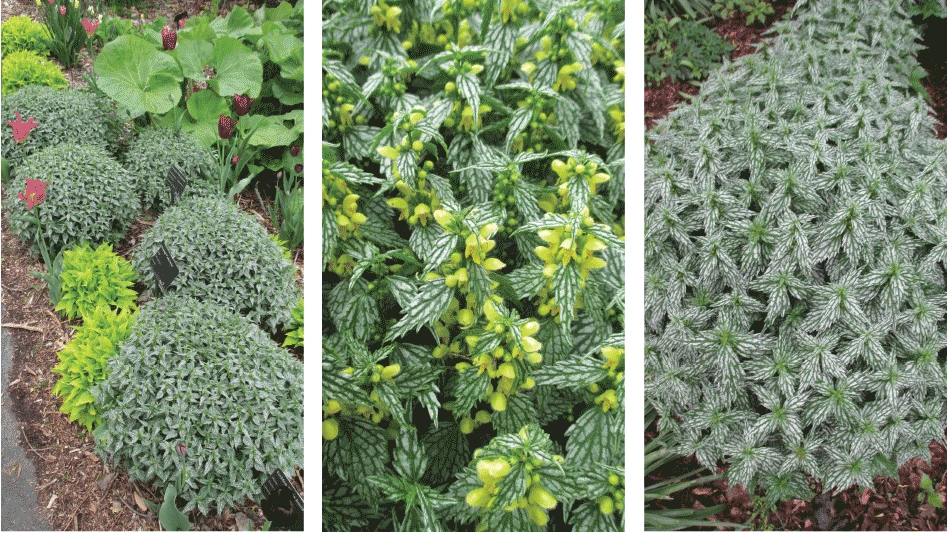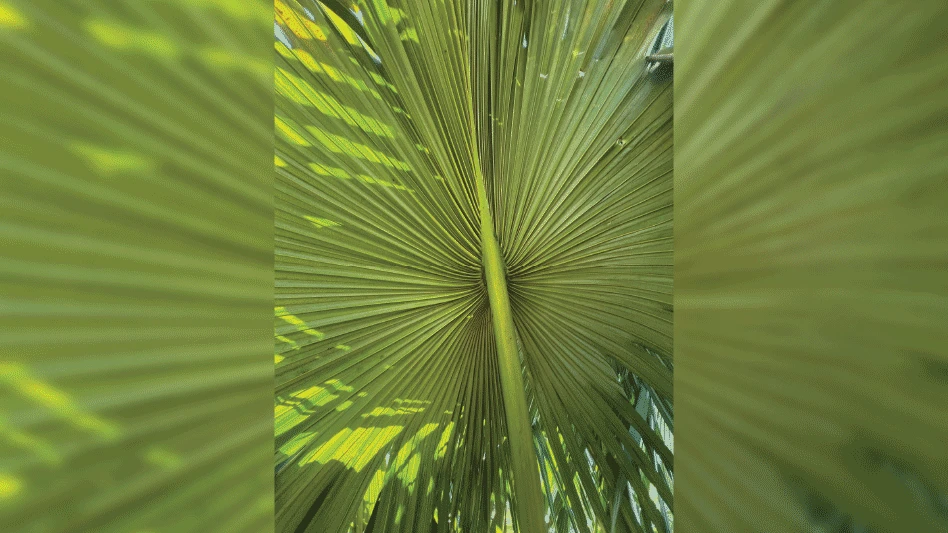
I’ve long been a fan of viburnums for their versatility, adaptability and applicability in our landscapes. While some species are more prone to challenges with insects and diseases, there are many options out there that should be on the “radar” for designers and gardeners alike. The ‘Winterthur’ witherod viburnum (Viburnum nudum) has been a longtime favorite of mine and continues to impress me with its contribution in the full sun and part sun landscape; particularly in the fall with amazingly vibrant fruit set and spectacular fall color.
Native to a wide range of the eastern United States and portions of Canada, the multi-stemmed, upright witherod or possumhaw viburnum prefers moist, well-drained soils although high pH isn’t ideal. While the straight species can mature at an over 10-foot height and width, ‘Winterthur’ was selected for compactness (6 feet tall and wide) and slightly improved foliage and fruiting characteristics. ‘Winterthur’ also won the coveted Pennsylvania Horticultural Society Gold Medal (Steyer Award) in 1991. I’ve grown and utilized this selection in southern Wisconsin for many years and have never encountered any insect or disease problems.

The elliptical, leathery foliage of this viburnum is extremely glossy and transforms to a maroon and further develops and deepens to a dramatic wine red. The creamy, slightly fragrant flowers are borne in flat-topped clusters in early summer and attract butterflies and other pollinators. Once pollinated, ½ inch diameter berries form in clusters and transition from an initial range of pinks to blue and purplish-black as they mature. In various stages of maturation, a fruiting cluster may feature a kaleidoscope of these colors and combine well with the deepening fall color. For best cross-pollination (and robust fruit set), plant this selection in groupings or ideally include another selection (i.e. Brandywine) as a pollinating buddy. Wildlife, particularly birds, enjoy the fruits and while they are edible for humans (very acidic), they may encourage stomach irritation. This is not a deer-proof plant unfortunately. Propagation is typically accomplished by softwood cuttings or layering.


Explore the January 2024 Issue
Check out more from this issue and find your next story to read.
Latest from Nursery Management
- These companies are utilizing plastic alternatives to reduce horticultural waste
- NewGen Boxwood added to Proven Winners ColorChoice line
- Terra Nova releases new echinacea variety, 'Fringe Festival'
- American Horticultural Society names winners of 2025 AHS Book Awards
- Nufarm announces unified brand
- American Horticultural Society announces winners of 2025 Great American Gardeners Awards
- Shifting the urban environment
- The Growth Industry Episode 3: Across the Pond with Neville Stein






